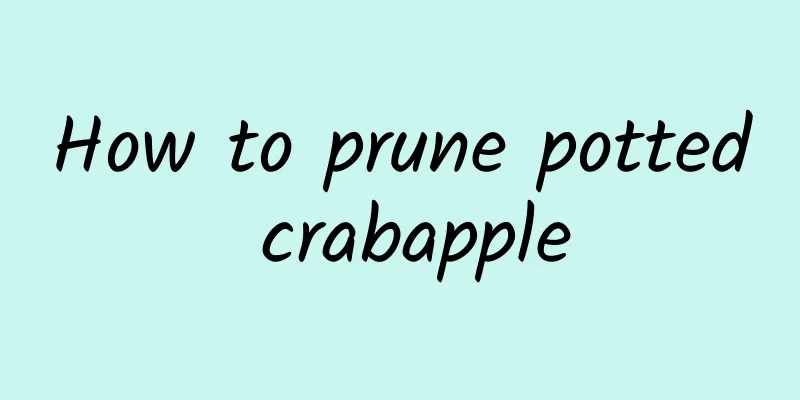The role of cockscomb

Ornamental effectCockscomb is named after its inflorescence which resembles a cockscomb. It enjoys the reputation of "bird among flowers" and is one of the famous outdoor herbaceous flowers in gardens. There are many varieties of cockscomb, and the plants come in three types: tall, medium, and short. There are also many shapes, such as cockscomb, torch, pompom, feather, fan, etc. In terms of color, cockscomb has a wide range of colors, including bright red, orange-yellow, dark red, purple, white, and red and yellow mixed colors; the leaf colors include dark red, emerald green, yellow-green, red-green, etc., which are extremely beautiful, making it a commonly used flower in flower beds in summer and autumn. Decorative effectCockscomb can also be used as a good cut flower material, and the cut flowers can last for more than 10 days in a vase. It can also be made into dried flowers, which will last for a long time without withering. PurificationCockscomb can also purify the air and has good resistance to sulfur dioxide and hydrogen chloride, and can play multiple roles in greening, beautifying and purifying the environment. Cockscomb is suitable as a greening plant in factories and can be regarded as a popular ornamental flower that is resistant to environmental pollution. Drug effectsCockscomb is sweet and cool in nature. The flowers contain protein, fat, folic acid, pantothenic acid, vitamins B1, B2, B4, B12, C, D, E, K and other vitamins, as well as kaempferol, amaranth, pinitol, pinitol, potassium nitrate, 21 kinds of amino acids, 13 kinds of trace elements and more than 51 kinds of natural and enzyme coenzymes, and have high medicinal value. The protein content in cockscomb seeds is as high as 73%, which can make up for the deficiency of grain content. Cockscomb seeds have the function of cooling blood and stopping bleeding. They are mainly used to treat intestinal wind, bloody stool, red blood, dysentery, metrorrhagia, leucorrhea, and stranguria. Cockscomb seedlings can also be used as medicine, and can be used to treat hemorrhoids, dysentery, hematemesis, epistaxis, metrorrhagia, urticaria and other diseases. |
<<: The main value of dragon blood tree
>>: The language and legend of cockscomb
Recommend
Lettuce germination method and time Three major seed germination treatment methods
The purpose of germinating lettuce is to ensure t...
High-yield cultivation technology of onion
Onion is a vegetable that is easy to grow in high...
The "secrets" behind the good growth of flowers in some flower markets
1. Spray brightener to make plants brighter Uncov...
Cultivation methods and precautions of Juniper
1. Watering Juniper is very tolerant of drought, ...
How to trim colorful pepper potted plants to look good
When is the right time to prune colorful pepper p...
When do violets bloom?
1. When do violets bloom? Like many kinds of flow...
How to propagate monkey orchid
sowing Monkey orchid can self-pollinate, but the ...
Can small leaf green radish be used with brown columns?
1. Can I use palm columns? Generally speaking, la...
When is the best season to plant chives?
Leek planting season and time Leek generally refe...
Is the small-leaved purple bougainvillea blooming frequently?
Bougainvillea small-leaf purple is a variety with...
Cultivation methods and precautions of Gloxinia
1. Matrix If you want the plants to grow better, ...
Frangipani cultivation methods and precautions
Frangipani is very easy to grow. As a climbing pl...
How many lavender plants should be planted in one pot?
How many lavender plants can be planted in one po...
How to grow the weeping angel in autumn
1. Maintenance factors 1. Temperature: It is a pl...
The efficacy and function of Shengdi
1. Nourishing Yin and Cooling Blood Shengdi is co...









